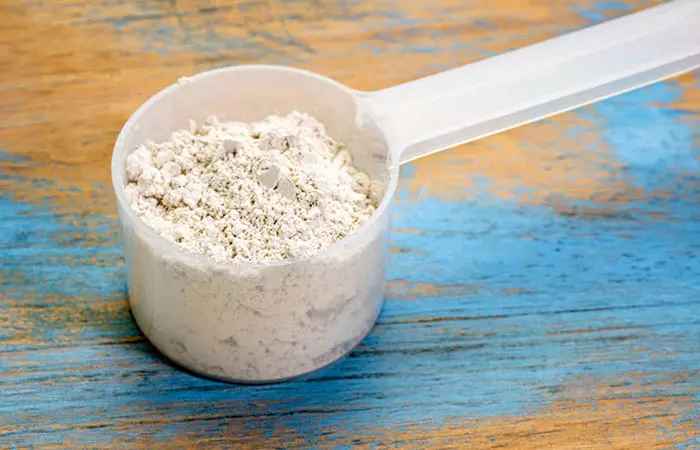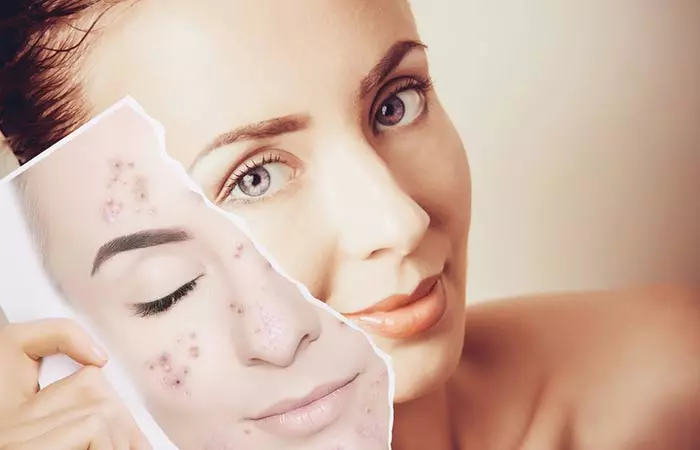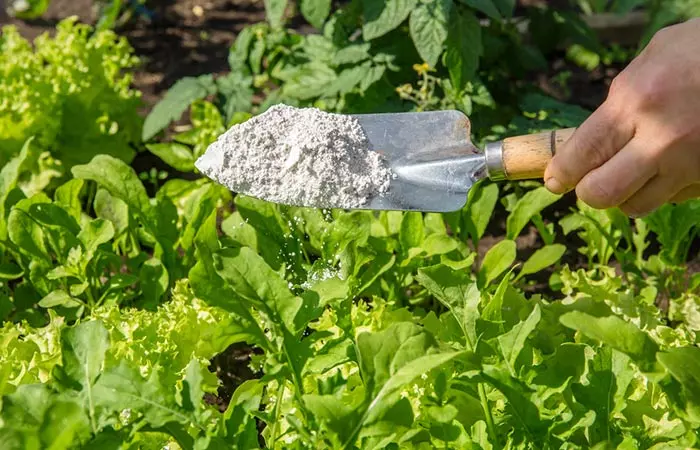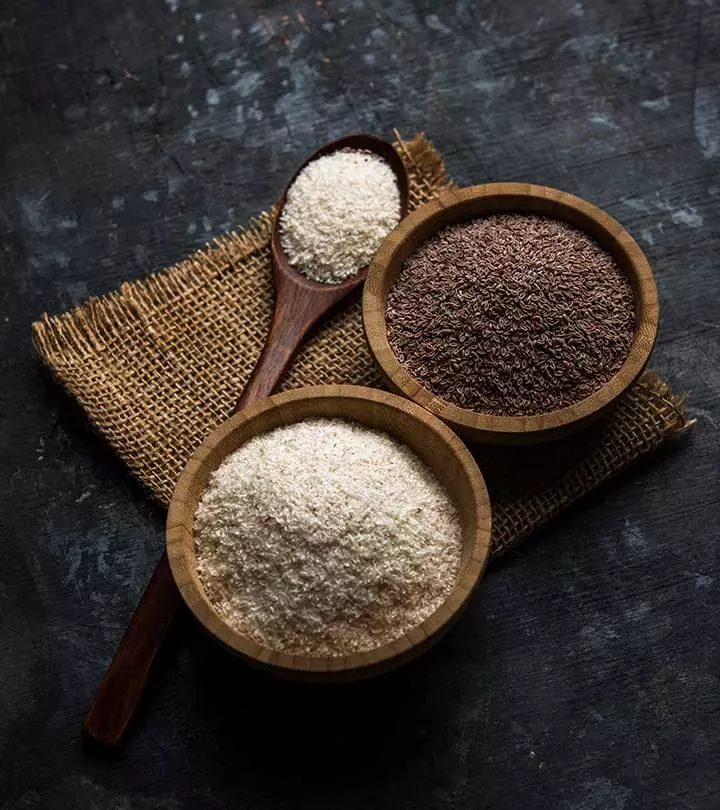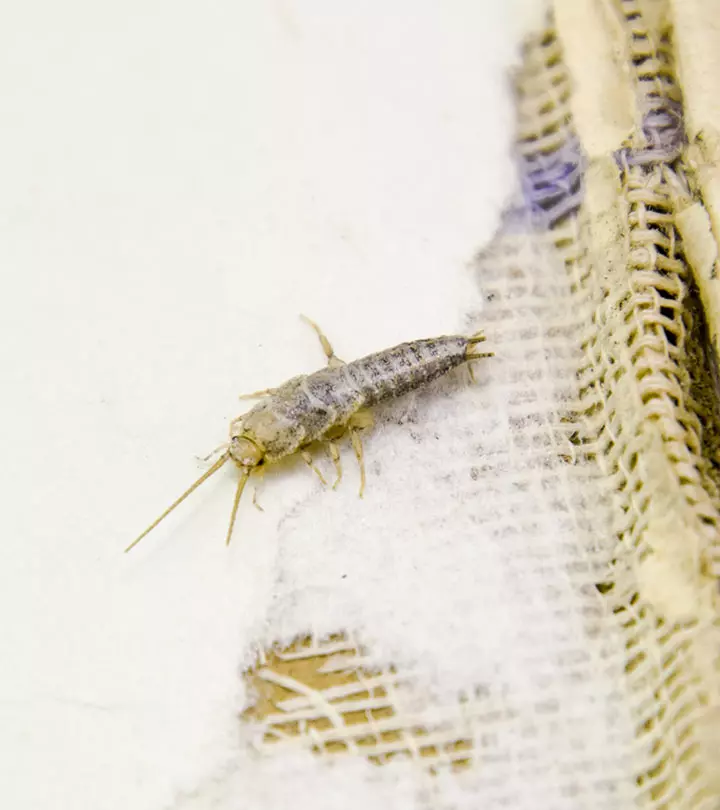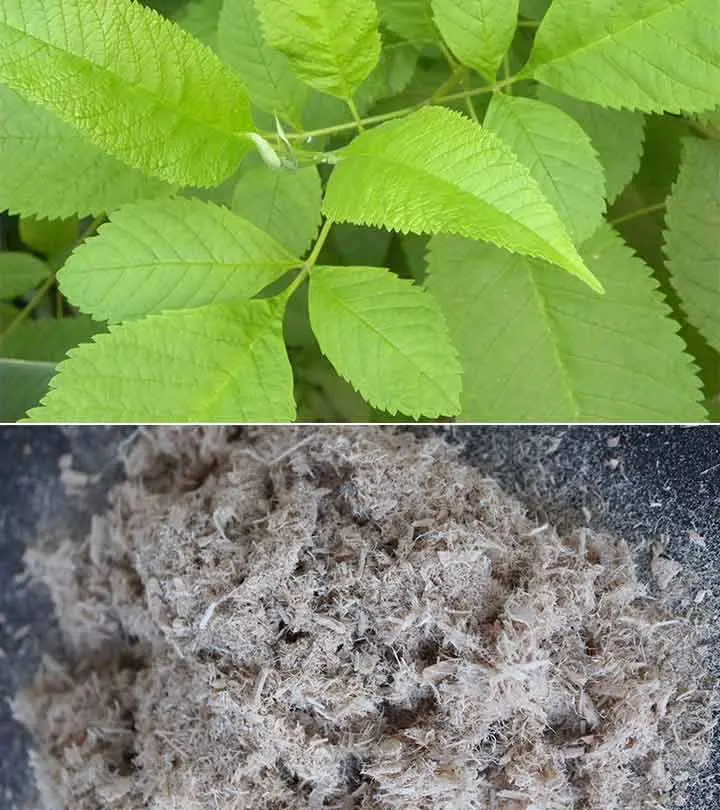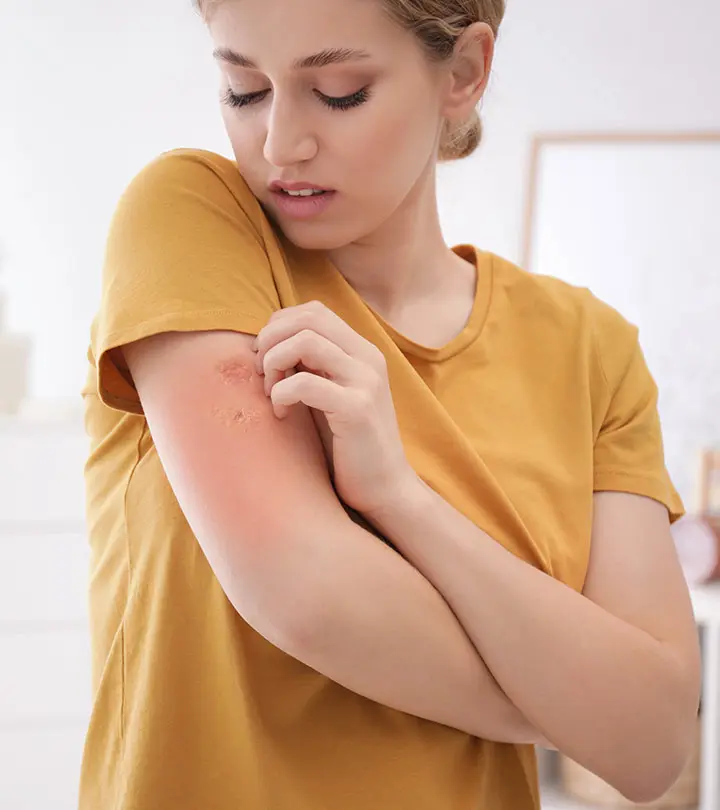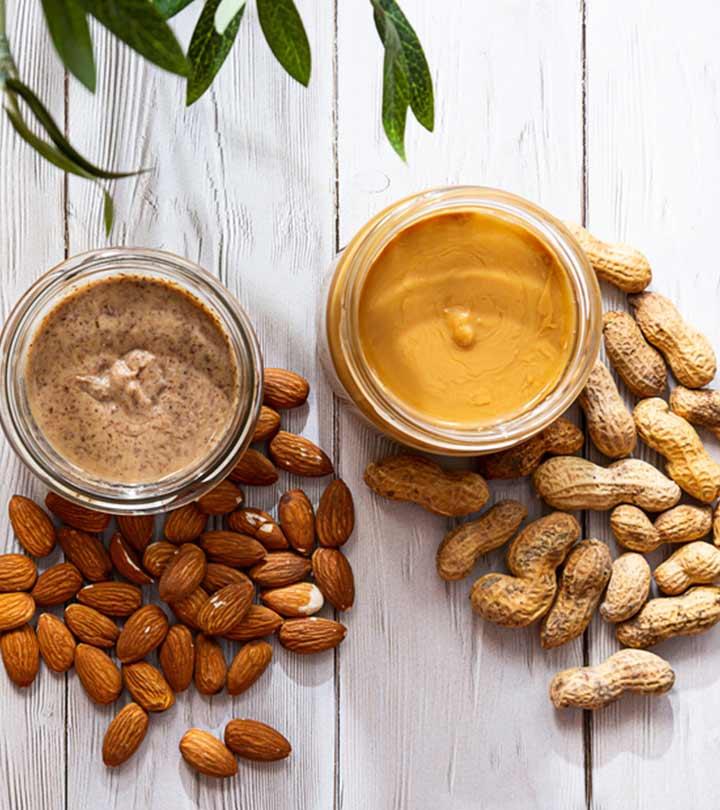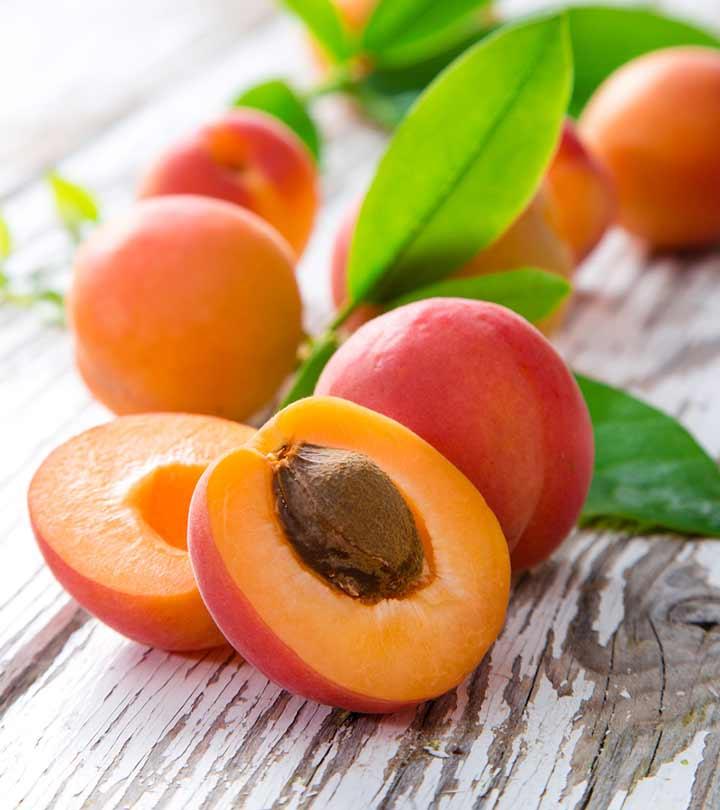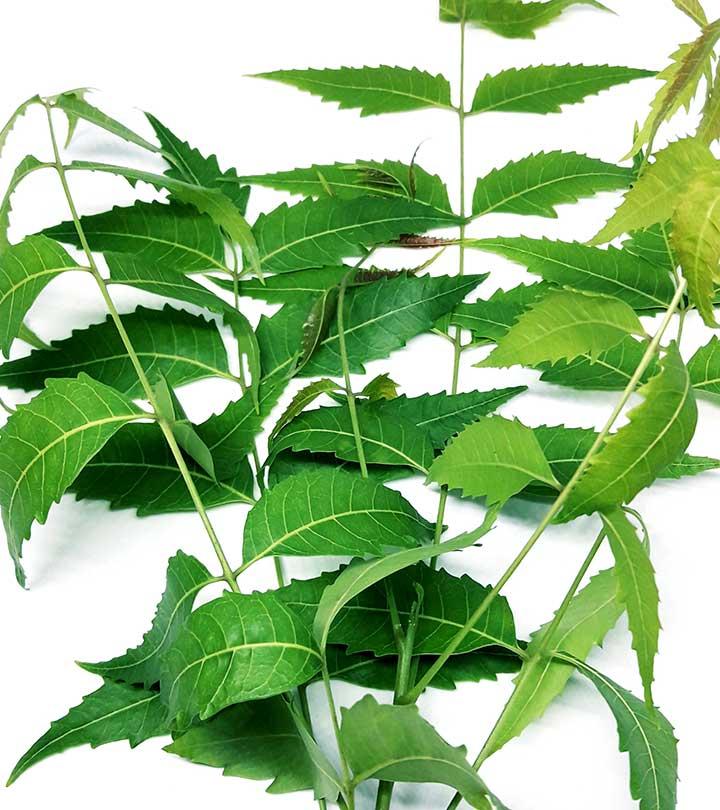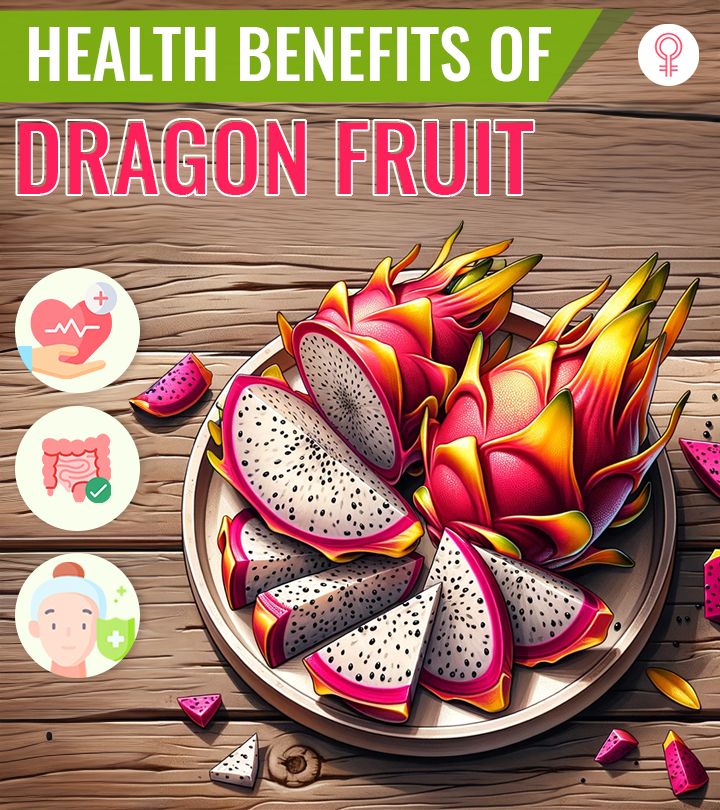9 Benefits Of Diatomaceous Earth, Its Uses, And Side Effects
From aiding weight loss to eliminating head lice, this fossilized remain has many benefits.

Image: Shutterstock
Diatomaceous earth benefits your body in many ways. This is a natural product derived from fossilized remains of diatoms, a type of marine algae. White powdered diatomaceous earth is usually marketed as a natural ingredient found in many products around us. This naturally occurring sedimentary rock is crushed into a fine white powder that can help improve your complexion, enhance your nails, and treat acne. It also detoxifies your system and aids in weight loss. This article discusses the importance of diatomaceous earth, its benefits, recommended dosage, and possible side effects. Take a look.
 Know Your Ingredient: Diatomaceous Earth
Know Your Ingredient: Diatomaceous EarthWhat Is It?
A sedimentary rock powder made from the fossilization of a type of marine algae called diatoms.
What Are Its Benefits?
It is used for detoxification, weight loss, lowering cholesterol, improving skin and hair health, and treating candida and acne.
Who Can Use It?
It can be used by kids, adults, and on pets alike.
How Often?
For detoxification, consume every 10 days. It can be applied on the skin daily until the relevant issue is resolved.
Caution
Excess inhalation can cause lung problems and respiratory issues.
In This Article
What Is Diatomaceous Earth? How Does It Work?
As you read earlier, diatomaceous earth is naturally occurring sand and contains microscopic algae. There are two types of diatomaceous earth, which are food grade, which is fit for human consumption, and filter grade, which is toxic to humans but has several industrial purposes.
The diatoms found in diatomaceous earth are primarily composed of silica. Simply put, DE is just the concentrated form of silica. Thanks to its natural detoxifying and liver-cleansing properties, DE has been used in household and food products for several decades now. Research touts diatomaceous earth as one of the least expensive and most versatile health products in the market today (1).
 Trivia
TriviaBut aside from the way it works, let’s look at what it can do for you.
What Are The Benefits of Diatomaceous Earth?
1. Detoxifies Your Body
Food grade diatomaceous earth kills the parasites within the body that might otherwise contribute to illness. It also helps maintain clean blood, which is where the silica in it comes into the picture. Research has shown that silica works similar to antioxidants found in certain power foods (2). The mineral is broken down into a colloidal form in the bloodstream and fights free radicals. Consuming diatomaceous earth cleanses the digestive tract and curbs gas, in addition to boosting liver health.
Studies also show how silica can aid heavy metal detox. Taking it can reduce aluminum concentrations in the gastrointestinal tract (3).
2. Might Aid Weight Loss
There is not much research on the weight loss benefits of DE, but one logical reason it might indirectly aid weight loss is its detoxifying ability. DE cleans out the junk in your body, which could aid weight loss.
3. Helps Deal With Arthritis
Studies have shown how dietary silicon is essential for preserving the health of the bones, connective tissues, and joints, the deterioration of which can lead to arthritis. The silica in DE helps with bone metabolism and the formation of joints, which are processes that help prevent osteoporosis (4).
One theory also suggests that silicon promotes collagen synthesis and plays a crucial role in the mineralization of bones (5).
4. Might Help Lower Cholesterol Levels
One Austrian study talks about how DE is capable of lowering blood cholesterol levels (4). There are other studies with similar findings, but it is important to note that most of them are outdated. Hence, do consult your doctor before using diatomaceous earth for lowering cholesterol.
 Trivia
Trivia5. Boosts Health Of Skin, Nails, And Teeth
DE’s natural ability to kill parasites makes it a good addition to toothpastes and skin exfoliators and scrubs. It works similar to bentonite clay – by drying out the toxins in the skin, making it smooth and supple. And the silica it contains contributes to the health of the nails and teeth. More interestingly, DE also helps with the use of calcium and contributes to stronger nails and teeth (6).
A blogger, going by the name fatigue warrior, shares her experience using food-grade diatomaceous earth as a supplement to aid their recovery from chronic fatigue syndrome. While initially skeptical, she noticed improvements in terms of digestive regularity, reduced muscle and joint pains, and even the elimination of parasites from her body. She writes, “Added bonuses of me taking diatomaceous earth – my nails became strengthened and my skin much clearer – as you are recommended to also consume a lot more water whilst using diatomaceous earth (i)”.
6. Helps Treat Candida
Candida is one of the most common fungal infections, and it can be quite troubling. Anecdotal evidence suggests that diatomaceous earth may help flush the fungus out of the body. We need more research here, though.
You can simply take one teaspoon of diatomaceous earth powder once in the morning, and once in the evening. You can add it to any liquid before consuming.
This treatment can also help treat scabies. You can add DE to your bath and soak yourself in it.
7. Treats Acne
The exfoliating properties of diatomaceous earth can help treat acne and acne scars. The silica in it is known to boost skin health (5). And when you use DE topically, the benefits, as per various accounts, are tremendous.
To make this skin treatment, you just need to mix one teaspoon of DE with a few drops of water. Make a paste and apply it to your face. Leave it on for about 15 minutes before rinsing your face with lukewarm water. Repeat once daily.
8. Diatomaceous Earth Can Boost Hair Growth
Certain reports suggest that silica can stimulate hair growth (5). In fact, it has been used in treatments to prevent balding. This is primarily because 90% of our hair is made of silica.
Taking one teaspoon of diatomaceous earth every day can give you strong and healthy hair.
9. May Eliminate Head Lice
Diatomaceous earth punctures the exoskeleton of lice and kills them. In fact, it is often considered a safe and effective treatment for head lice. We, however, need more research in this regard. Do consult your doctor.
For this lice treatment, you can mix a teaspoon of diatomaceous earth with some tea tree oil. Massage the mixture into your scalp. Since DE can create dust, so be sure you cover your nose and mouth with a mask. Leave the mixture on your hair overnight and wash your hair as usual in the morning. You can also use a lice comb to remove any leftover nits or eggs. Repeat the process for two to three days.
These are the many ways diatomaceous earth can be beneficial for you and your family. But how can you use it? Is there a procedure to follow?
What Are The Other Uses Of Diatomaceous Earth?
If you want to use diatomaceous earth as a health supplement for detoxification and strengthening your bones and joints, this is what you can do:
- Mix a teaspoon of diatomaceous earth with water and take it once a day. It works best if taken on an empty stomach, about 1 or 2 hours before or after eating.
- Additionally, you can take one extra cup of water after each dose of DE to make it more effective. Ensure you are very much hydrated, more so when you are taking DE.
- Slowly increase your dosage over the course of several weeks. Work your way up from one teaspoon to two teaspoons, all the way up to a maximum of one tablespoon. You can split the dosage into two – one in the morning and the other at night.
- Take DE at an interval of 10 days, for 90 days. This makes the detox all the more effective.
If you want to use diatomaceous earth at home, these tips can help:
- Use it as an insecticide for driving away insects and bugs by sprinkling the DE powder wherever needed across your house. This could be under the carpets, in the yard, etc. You can also rub the powder with a broom. Ensure that you don’t add too much of the powder, though, since it can make breathing difficult if inhaled. Allow the powder to sit for about 6 to 12 hours, after which you can vacuum it up. Repeat the process once a week for about 4 weeks for optimal results.
- You can also use DE to purify water at your home or even in the swimming pool as a pool filter. This is because of its chemical composition, thanks to which DE can be used as an amazing filtration aid. It can filter fine particles that otherwise pass through filter papers.
- The abrasive quality of DE can help you polish almost any metal.
- Diatomaceous earth provides effective insulation benefits and is commonly used in the construction of cabinets, safes and doors as it helps with fireproofing.
All good. But does diatomaceous earth harm the environment? What about that?
Does Using Diatomaceous Earth Have Any Environmental Concerns?
No. None at all. Research shows diatomaceous earth is non-toxic to mammals or aquatic animals (7). It is naturally encountered by birds and other animals and doesn’t seem to be harmful. One can also incorporate DE into one’s pet care routine as it helps keep fleas off of pets. However, it should not be applied directly.
In fact, seawater contains abundant diatomaceous earth as it is replete with silica. Even the skeletons of several forms of sea life are predominantly made of silica.
Talking about plants, diatomaceous earth is a natural soil additive and can be used for agriculture and horticulture purposes as well. This absorbent quality helps the soil retain the essential nutrients for plant growth.
Before we conclude, we would like to run you through certain precautions. Here you go.
What Are The Side Effects Of Diatomaceous Earth?
- Issues During Pregnancy And Breastfeeding
There is not enough research on this. Hence, stay safe and avoid use.
- Lung Ailments
Breathing in large amounts of diatomaceous earth can cause lung problems. These include asthma, chronic obstructive pulmonary disease, and in severe cases, even lung cancer. The effects can be more pronounced in individuals already dealing with lung problems, so take care.
Diatomaceous earth may be confused with other common insecticides like boric acid. Learn how they differ from each other in the section below.
Boric Acid Vs Diatomaceous Earth
Boric Acid
- A chemical compound, also known as hydrogen borate, used as an insecticide and antiseptic.
- Effective against ants, cockroaches, and silverfish.
- Relatively low in toxicity to humans and pets, but may cause vomiting, diarrhea, headache, and other side effects when ingested (8).
- Should be used in areas inaccessible to children and pets when applied as a powder or solution.
Diatomaceous Earth
- A naturally occurring substance composed of fossilized diatoms, a type of algae with silica shells.
- Used as an insecticide that damages the exoskeleton of insects, causing them to dehydrate and die.
- Generally considered safe for humans and pets to be around.
- Applied as a powder, often in a fine, dust-like form, that can be used indoors and outdoors for pest control.
Infographic: Ways To Use Diatomaceous Earth
Diatomaceous earth is unique, naturally occurring sand made from fossilized algae known as diatoms. Apart from its immense health benefits, you can use this ingredient for other household purposes. Check the infographic below to learn the applications of diatomaceous earth. Illustration: StyleCraze Design Team
Diatomaceous earth offers many health benefits. Food-grade diatomaceous earth can detoxify the body. It aids in weight loss, helps in managing arthritis, lowers cholesterol levels, and boosts hair, skin, and nail health. In addition, it aids in treating candida, acne and boosts hair growth. It is also an effective remedy for head lice. Diatomaceous earth also helps in strengthening bones and joints. Also, there are many other uses of diatomaceous earth. However, it may also cause lung ailments and health issues during pregnancy. Hence caution is highly advised. If you do not have any of the complications mentioned above, including diatomaceous earth in your routine may help you reap its benefits.
Frequently Asked Questions
Does diatomaceous earth repel mice?
Diatomaceous earth is a highly effective solution for mouse control. The natural substance is known to repel mice, and, when combined with essential oils, becomes an even more potent solution. Enjoy a pest-free environment with this natural and safe solution.
Can diatomaceous earth regrow hair?
Diatomaceous earth can be a wonderful addition to your hair care routine. Some people have reported better hair growth by using it consistently. While more research is needed, it’s always worth trying natural solutions to see if they work for you. Give diatomaceous earth a chance and see if it helps boost your hair growth.
Is diatomaceous earth an antifungal?
Diatomaceous earth has fantastic antifungal properties as well as the ability to tackle various parasites and bacterial species.
Key Takeaways
- Diatomaceous earth is an ingredient formed from fossilized remains of diatoms. You can find its white powder in various household and food products.
- It can help detoxify the body, lower cholesterol, treat acne, and improve your nails, skin, and health.
- Diatomaceous earth may also promote hair growth. It is an effective treatment for head lice.
- Also, be aware of its negative effects, as it may cause lung ailments and health problems during pregnancy.
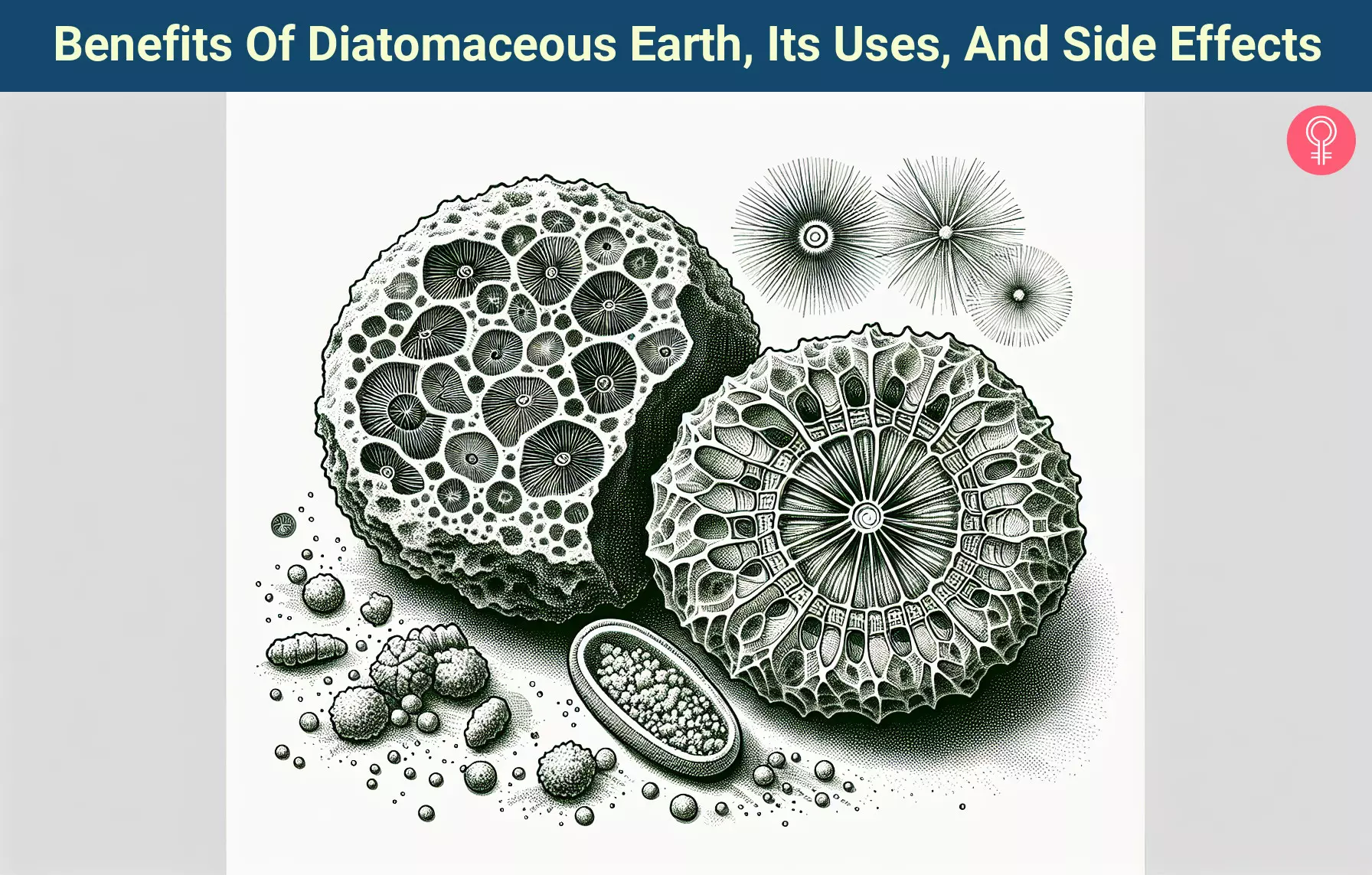
Image: Dall·E/StyleCraze Design Team
Discover the fascinating world of diatomaceous earth and its numerous applications in this informative video. Learn about its composition, uses, and potential benefits for various aspects of everyday life. Don’t miss out!
Personal Experience: Source
StyleCraze's articles are interwoven with authentic personal narratives that provide depth and resonance to our content. Below are the sources of the personal accounts referenced in this article.
i. Diatomaceous Earth – Made me feel amazing!https://fatiguewarrior.wordpress.com/2015/08/05/diatomaceous-earth-made-me-feel-amazing/
References
Articles on StyleCraze are backed by verified information from peer-reviewed and academic research papers, reputed organizations, research institutions, and medical associations to ensure accuracy and relevance. Read our editorial policy to learn more.
- “Health benefits of diatomaceous earth”. DiatomaceousEarth.com.
- “Influence of silica nanoparticles…”. US National Library of Medicine.
- “Oligomeric but not…”. US National Library of Medicine.
- “Silicon and bone health”. US National Library of Medicine.
- “Use of silicon for skin and hair…”. US National Library of Medicine.
- “Biological and therapeutic…”. US National Library of Medicine.
- “Diatomaceous earth”. National Pesticide Information Center.
- “Toxicology of selected pesticide…”. US National Library of Medicine.
Read full bio of Staci Gulbin
Read full bio of Arshiya Syeda
Read full bio of Sindhu Koganti





